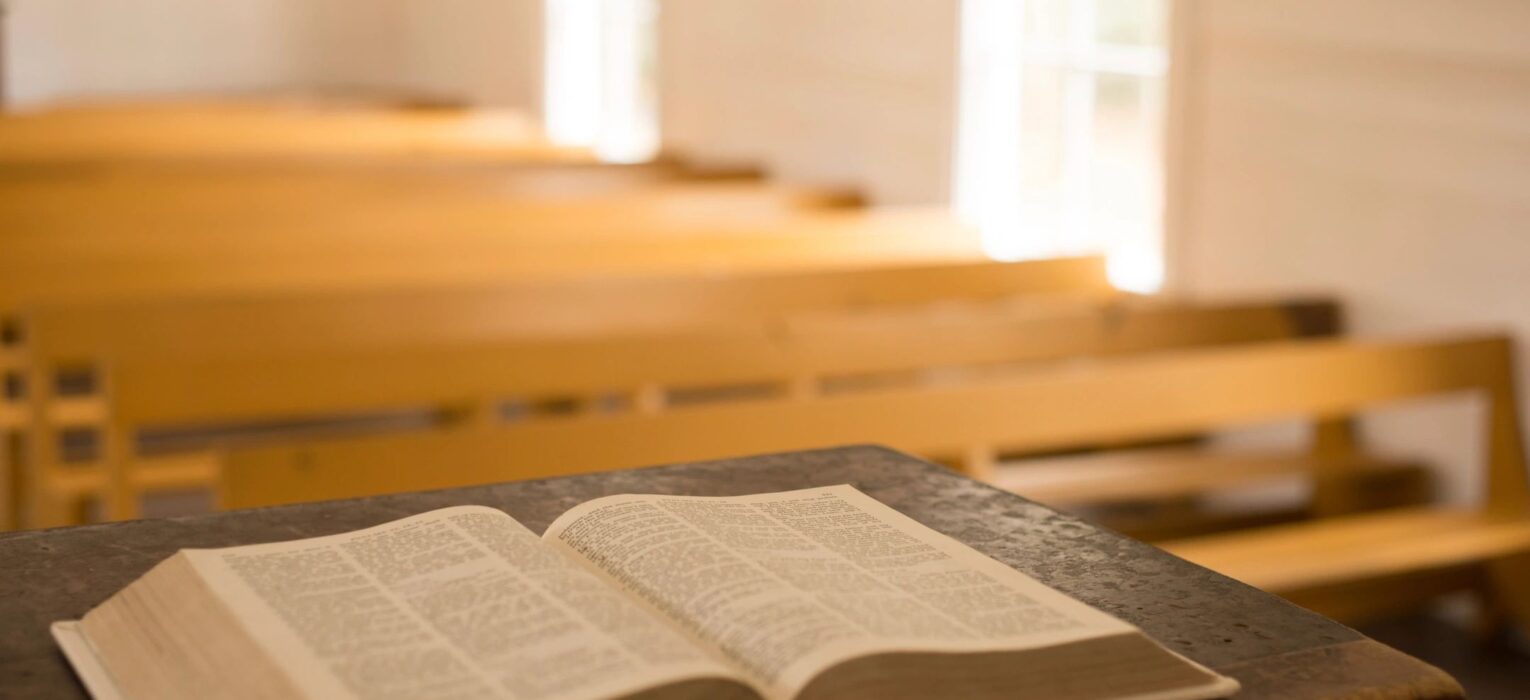I remember the soft felt of the brilliant green storyboard, the smell of dusty papers in the shape of people, animals, rivers, caves, and my Sunday school teacher mesmerizing us with tales of brave women and men who lived their faith with gusto. The stories seemed almost magical in a happily ever after kind of way. Sure, there were “Goliaths,” but the people, seemingly unphased by those giants, held out confident hope that God would make a way to victory. And God always seemed to come on the scene before that confidence ever wavered. As a little girl, I longed to live in Biblical times to witness so many miracles first hand—it seemed much easier to follow God in biblical times than in 80s/90s America. What I didn’t realize at the time that I was getting the highlight reel—or Facebook version—of the Bible.
When I began to read the Bible as an adult, I was ecstatic to find that the people of the Bible were messed UP. From family fights to romances gone wrong to odd worship practices (A golden calf?? Really?!), the people of the Bible suddenly became real. And relevant. I could learn from these people because I am like these people. I cannot think of a single issue that the American church is currently facing today that people of faith in the Bible didn’t also face. This is especially true when we consider the topic of racism in the Early Church.
Christianity was birthed from Judaism. Naturally, Jewish believers weren’t sure what to do when non-Jewish people (Gentiles) also became believers and followers of Jesus. What did this mean? Did the Gentiles have to follow Jewish customs first before becoming Jesus followers? Were they allowed to worship together? Eat together? Was the Holy Spirit for them, too? What did it mean to live this new life where your community, for the first time ever, included people different from you?
These questions and others are addressed throughout the New Testament, especially in epistles written by Paul. Over and over again, Paul reminds us that salvation is for all people, that the barriers that once divided have now been torn down. He shames us as we cling to the old ways that feel more comfortable (Galatians) and challenges us to come together in unity (Ephesians). If we take time to dig into what Scripture says on the topic of racism, we walk away with a clear vision of God’s salvation plan and steps we can take to partner with God to end racism in the Church and in our communities.
Undoubtedly, we will make mistakes along the way as we live out this racial reconciled, people-loving, God reflecting life. After all, we’re messed up people, too. But I am not without hope. Because we are promised that the same Spirit that rose Jesus from the grave now lives in us (Romans 6:10-11). Jesus takes deadly and divisive evil, like racism, and resurrects it into what it should have always been—reconciliation.
“For he himself [Jesus] is our peace, who has made the two groups one and has destroyed the barrier, the dividing wall of hostility…His purpose was to create in himself one new humanity out of the two, thus making peace…for through him we both have access to the Father by one Spirit.” Ephesians 2:14-18
Movement Step: Visit a church that is led by a pastor outside of your race and/or a church that is primarily made up of people outside of your race. View your time of worship with them as a picture of what is to come in the new heaven and new earth where people from every nation and language will be worshiping God. Commit to praying for the church. Who knows? God may use you to be a bridge-builder between this church and your church.



